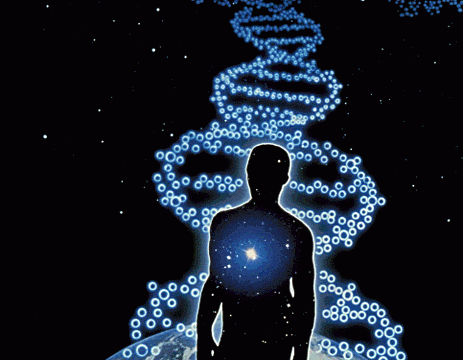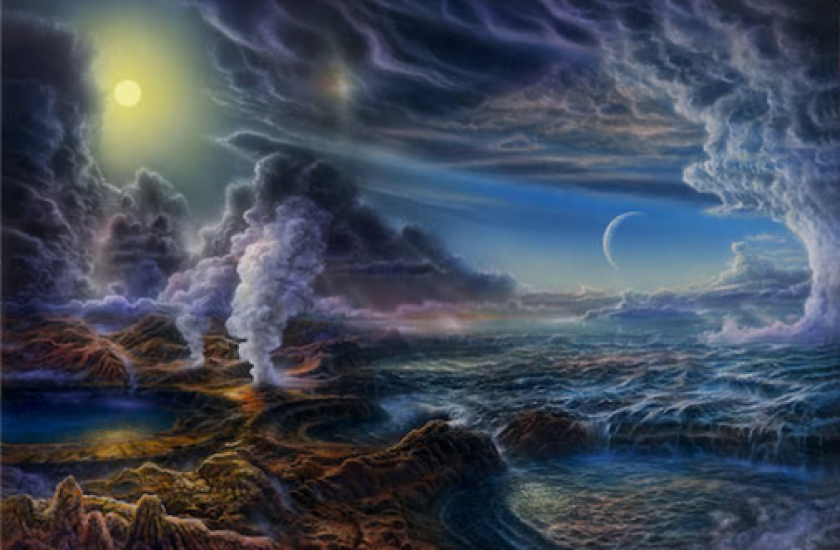Costa Rica News – Who doesn’t want to know the origins of the Earth, right? Some scientists seem to want it more than any of us, and some are getting close with clues found in Guanacaste, Costa Rica.
 Geochemist Esteban Gazel and hydrologist Ricardo Sanchez have reached the hypothesis that inorganic processes could produce life. This might answer the question “How could life be created if there was no one alive to create it?
Geochemist Esteban Gazel and hydrologist Ricardo Sanchez have reached the hypothesis that inorganic processes could produce life. This might answer the question “How could life be created if there was no one alive to create it?
They researched in the area of Santa Elena, Guanacaste, and found strange characteristics, like mantle above the sea instead of between the crust and core of the Earth, where it should be. The rocks found in the area were rich in the olivine mineral, which is believed to have been abundant at the start of the Earth.
Another peculiar factor is that the alkali springs had a pH of over 11, which humans cannot drink. These clues shed light on how life could have been created, through a process in which water is filtered through olivine rich rock which results in hydrogen. The reactive process when that hydrogen comes in contact with a carbon molecule forms methane, which was a foundation for the Solar System. In Santa Elena, methane is produced by an inorganic sequence of events. The methane allows bacteria and other primitive life to grow.
Mars has very similar rocks to those found in Santa Elena. This poses the question “Would there be life on Mars if only there were some trace of water to react with the rocks?”

